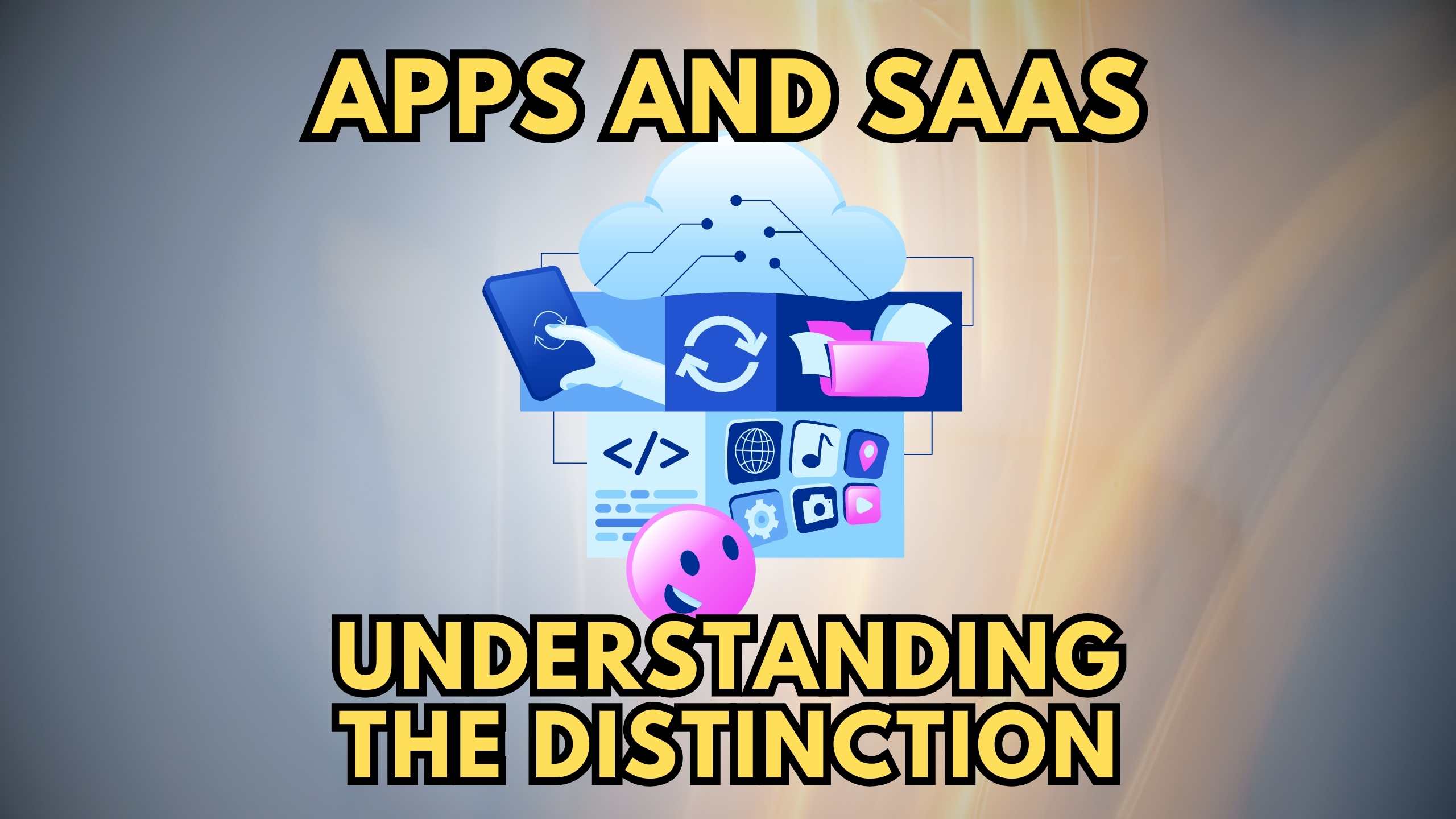Apps and SaaS: Understanding the Distinction
- WebOps Platforms Bug Tracking & Feedback Software Web Development & Design


Apps and SaaS: Understanding the Distinction
In the rapidly evolving landscape of technology, the terms “apps” and “SaaS” are often used interchangeably, leading to confusion. This blog aims to provide clarity on the distinction between apps and Software as a Service (SaaS), unraveling their unique characteristics, use cases, and relevance in the digital realm.
1. Decoding Apps: The Versatile Tools
When we refer to “apps,” we generally mean applications, which are software programs designed to perform specific functions on devices like smartphones or tablets. Apps can range from social media platforms to games, productivity tools, and more. These are often standalone, installed locally on a user’s device, and may or may not require internet connectivity.
2. Unveiling SaaS: The Dynamic Software Model
On the other hand, Software as a Service (SaaS) represents a cloud-based software distribution model. SaaS applications are centrally hosted, and users access them via the internet. Unlike traditional software, SaaS eliminates the need for individual installations and updates, offering a dynamic and scalable solution. Collaboration tools, project management platforms, and customer relationship management (CRM) systems are prime examples of SaaS.
3. Key Differences: Local vs. Cloud, Ownership vs. Subscription
The primary distinction lies in the deployment and accessibility. Apps are typically installed locally on a user’s device, allowing offline access, while SaaS operates in the cloud, requiring an internet connection for usage. Apps often involve a one-time purchase, granting ownership, whereas SaaS follows a subscription model, ensuring users access the latest features and updates seamlessly.
4. SaaS Products Redefining Digital Workspaces
Now, let’s explore five relevant SaaS products that redefine digital workspaces:
- Slack: Transforming communication and collaboration within teams, Slack fosters real-time interaction, file sharing, and integration with various productivity tools.
- Trello: Streamlining project management, Trello’s visual boards and customizable workflows enhance team collaboration, making it a go-to solution for task organization.
- Zoom: In the era of remote work, Zoom emerges as a powerful video conferencing tool, facilitating virtual meetings, webinars, and collaborative discussions.
- Salesforce: A pioneer in CRM, Salesforce empowers businesses to manage customer relationships efficiently, enhancing sales, marketing, and customer service processes.
- Dropbox: Redefining file storage and sharing, Dropbox ensures seamless collaboration by providing a secure and accessible cloud-based platform.
Conclusion: Navigating the Digital Realm
In conclusion, understanding the distinction between apps and SaaS is crucial for navigating the digital landscape effectively. While apps offer versatility and local functionality, SaaS brings cloud-based dynamism and subscription models, catering to diverse business needs. Clear comprehension of their roles empowers users to make informed decisions aligning with their requirements.
Empower Your Digital Experience with Subscribed.fyi
Ready to explore the world of SaaS? Subscribed.fyi is your all-in-one solution for understanding, comparing, and managing your SaaS stack. Sign up today to unlock exclusive deals, streamline subscription management, and gain insights that will elevate your digital experience.
Relevant Links:





